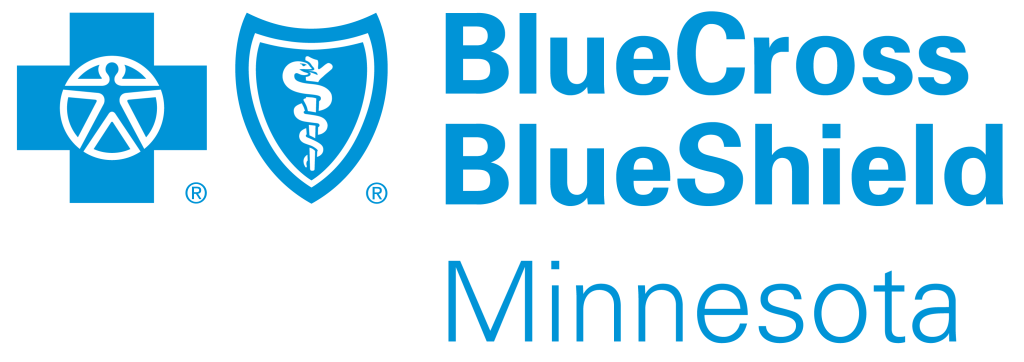Throughout our lives, it’s common to turn to medications to manage everything from high blood pressure to the common cold. As we age, however, changes in our bodies can affect how we absorb and interact with various medications. To stay healthy, it’s important to be aware of these changes and how to minimize the risk of side effects.
For example, most of us simultaneously lose muscle and gain fat as we get older, “unless you’re really fit and working out on a daily basis,” says Michael T. Swanoski, a pharmacist and associate professor in the College of Pharmacy at the University of Minnesota, Duluth. More fat, or loose connective tissue, means some medications might remain in your system for a longer period of time.
In addition, age-related declines in liver and kidney function might mean medications are broken down and removed from the body more slowly, according to the Food and Drug Administration (FDA). This could become a problem if the medication builds up faster than it can be removed, as having too much of a substance in your system can cause negative effects.
Complications can come from interactions between medicines as well.
“Ultimately, the biggest risk for adverse drug events is the number of medications the patient is taking, regardless of what they are,” Swanoski says.
In general, the older we get, the more chronic health conditions we face, and chronic health conditions often result in the use of medications, Swanoski says. How these various medications interact with one another— not to mention your health conditions—is an important consideration. Here are a few steps to help ensure your medications work as intended.

1. Get To Know Your Pharmacist
Just as you have a primary physician who knows you and your medical history, you should also have a pharmacist you can trust. Pharmacists are trained to understand medicines and how they work in your body, and can help you avoid bad interactions. It pays to have a pharmacist on your medical team who is familiar with you and the medications you’re taking.
“The vast majority of pharmacists will spend time with their patients and assure that they have their questions answered,” Swanoski says.
Pharmacists are typically available to answer your questions in-person or over the phone. If you don’t have a pharmacist you can talk to, try to find one through your network.

2. Review Your Meds
One of the best ways to protect yourself against bad effects is to familiarize yourself with all the medications you’re taking. You can do this by requesting a medication list from your doctor or pharmacist.
“If you don’t have a medication list, you should get one,” Swanoski says. A medication list will tell you what a medicine is, why you’re taking it, and what the potential side effects are. Be sure to tell your doctor or pharmacist about any non-prescription medicines you are taking, including OTC medicines like ibuprofen, herbal and dietary supplements like vitamin D, and topicals like creams and ointments.
Blue Cross offers a Medication Therapy Management Program for qualifying members, which includes a Comprehensive Medication Review. Find out more at bluecrossmn.com/MTM.

3. Be Cautious of OTC Meds
Keep in mind that just because a medicine is sold over-the-counter doesn’t necessarily mean it’s safe. Approach these common OTC medicines with caution:
A. Anti-Inflammatories
Look out for ibuprofen (ex. Advil) and naproxen (ex. Aleve) in particular, as those medications are more likely to cause serious side effects, such as upset stomach and nausea. Instead, use acetaminophen (ex. Tylenol) for aches and pains, but limit dosage to 3,000 milligrams per day, Swanoski says.
B. Antihistamines
In general, you’ll want to steer clear of OTC antihistamines like Benadryl, especially if using as a sleep aid. Opt for melatonin instead, Swanoski says.


